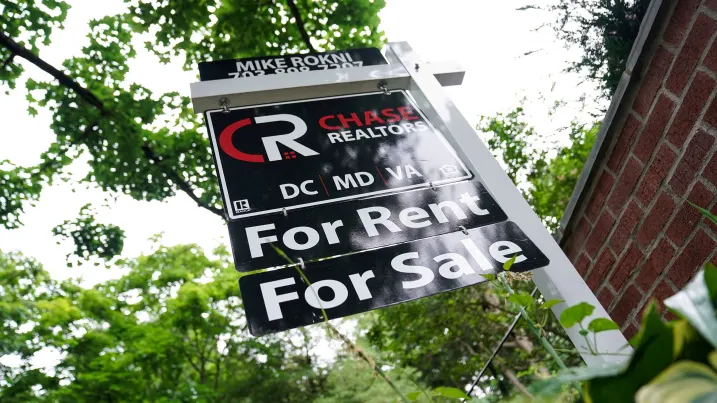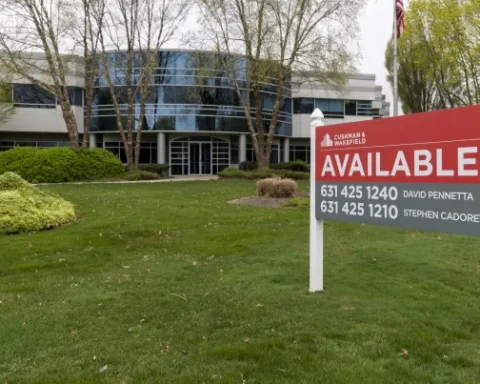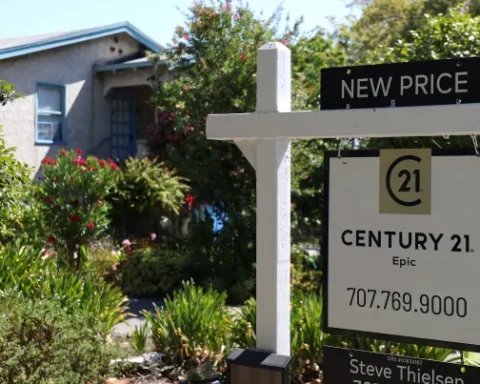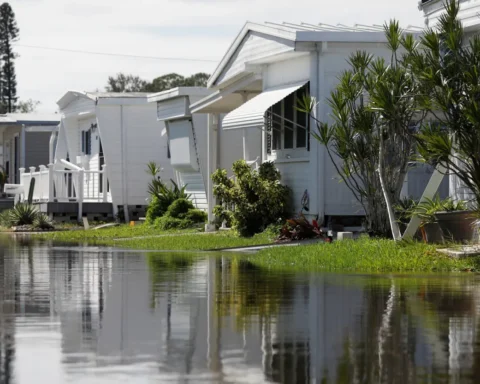Sales of previously owned homes dropped in September, reaching levels not seen since October 2010. The market faces challenges, including high mortgage rates, fluctuating inventories, and longer sales cycles. As Lawrence Yun, chief economist for the National Association of Realtors, noted, “Home sales have been essentially stuck at around a four-million-unit pace for the past 12 months.”
Sluggish Sales Hit Most U.S. Regions
In September, the seasonally adjusted annualized rate of home sales fell to 3.84 million units—a 1% decline from August and a 3.5% drop compared to the same month last year. Sales dipped across three out of four U.S. regions, with the West being the only exception to show a slight gain. These numbers reflect contracts signed during July and August when mortgage rates hovered around 7% and later dipped to just below 6.5%.
Yun expressed cautious optimism despite the slow pace: “Factors usually associated with higher home sales are developing.” Still, the market is not out of the woods, as affordability remains a concern.
Rising Inventory Brings Hope to Buyers
Inventory levels improved by 1.5% from August to 1.39 million homes available for sale. This translates to a 4.3-month supply at the current sales pace, offering some relief for buyers. Inventory was up by 23% yearly, providing more options in an otherwise tight market.
“More inventory is certainly good news for home buyers as it gives consumers more properties to view before making a decision,” said Yun. However, he emphasized that distressed property sales remain rare. “The inventory of distressed properties is minimal because the mortgage delinquency rate remains very low,” Yun added, noting that distressed sales made up only 2% of total transactions in September.
Home Prices Continue to Rise Amid Tight Inventory
Despite increased inventory, home prices showed no signs of slowing. The median price of an existing home reached $404,500, reflecting a 3% increase compared to the previous year. This marked the 15th consecutive month of annual price gains, mainly driven by ongoing supply constraints.
Cash Buyers and Investor Activity Shape the Market
In September, 30% of all home purchases were made in cash—a notable increase from the pre-pandemic average of 20%. However, investor activity slightly decreased, with investors accounting for 16% of sales, down from 19% in August. This shift suggests that cash buyers are not limited to investors but include individual buyers looking to navigate the competitive market.
First-Time Buyers Retreat as Homes Sit on Market Longer
Homes are spending more time on the market, with the average listing now sitting for 28 days compared to just 21 days a year ago. First-time buyers also continue to pull back, accounting for only 26% of sales in September, matching August’s all-time low.
A Market in Transition
The housing market remains in flux. Rising inventory provides hope for buyers, but elevated prices and mortgage rates continue to pose challenges. The drop in first-time buyer activity underscores the difficulty many are facing in securing homes. As Yun pointed out, positive trends are emerging, but the road to recovery may still be long. Buyers and sellers alike must monitor conditions closely in the months ahead.







